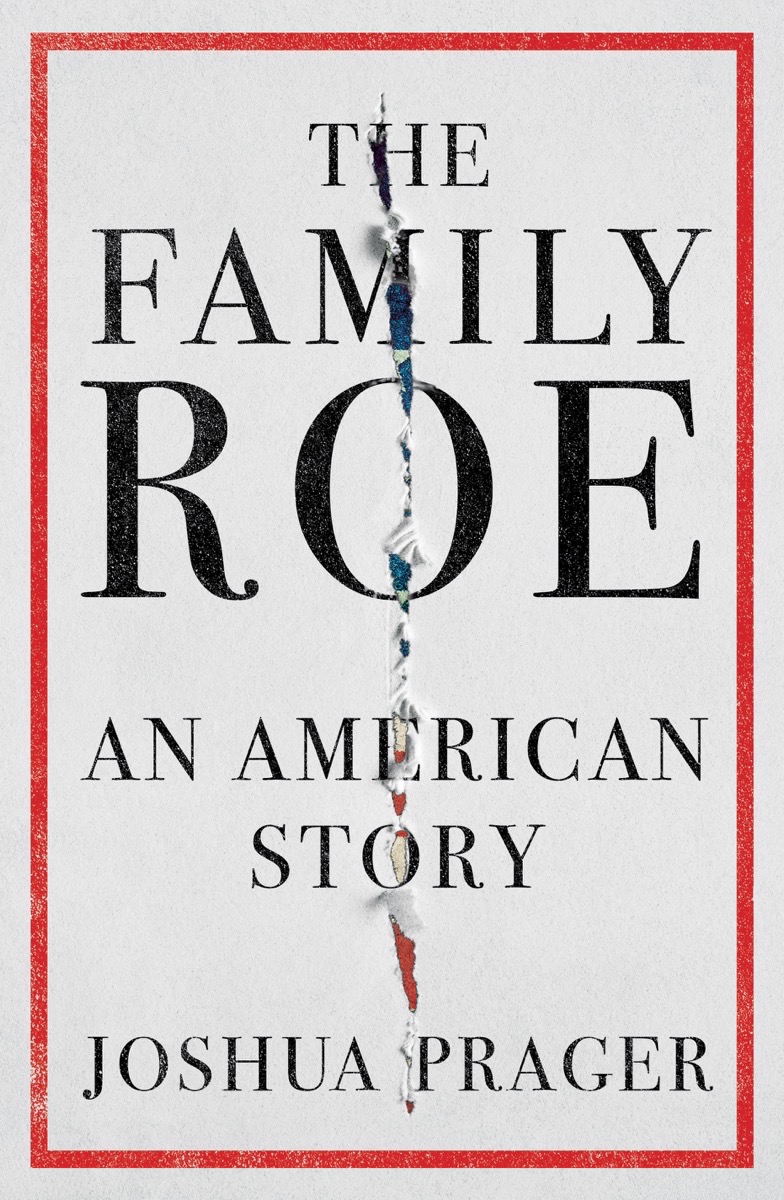I almost didn’t read The Family Roe: An American Story by Joshua Prager. When I saw the premise – a biography of Norma McCorvey, the “Jane Roe” of Roe v. Wade, and her family – I wasn’t immediately sure why I should care. I study the broad-scale social history of reproductive health and I had mostly considered plaintiffs to be incidental to Supreme Court cases, convenient (or as Prager demonstrates, not-so-convenient) examples of a common conflict that needs legal resolution. It was the principle of a case, and the impact of the decision on millions of lives, that mattered, not the specific individuals called to be stand-ins for everywoman.
But as Prager shows, a deep dive into the life of an ordinary person thrust into an extraordinary public matter can be immensely rewarding, humbling, and thought-provoking.
The power of Prager’s approach is that he juxtaposes dominant narratives about motherhood, women’s autonomy, and the morality of abortion with the messy weirdness of ordinary people’s private lives. At the heart of the book is Norma, whose life did not follow any culturally recognized script. She was a lesbian who enjoyed partying and lots of sex and slept with men sometimes. She never used contraception, so she had given up three children for adoption by the time she had her tubes tied at age 23 at the behest of her partner, Connie Gonzalez. After serving as the plaintiff in Roe v. Wade, she made her living for years as a pro-choice activist, before abruptly becoming a pro-life activist, following the meager money and occasional fame in abortion activism to the other side, and dragging Connie with her.
Like many Americans, Norma’s views on abortion were ambivalent and contradictory. Throughout decades of vocal pro-choice and pro-life activism she privately maintained the view that abortion should be legal, but only in the first trimester. And yet the abortion at the center of the court case – an abortion she sought but failed to obtain – would have taken place around 20 or so weeks of gestation. She believed that abortions were often necessary, but she still felt they were sinful.
